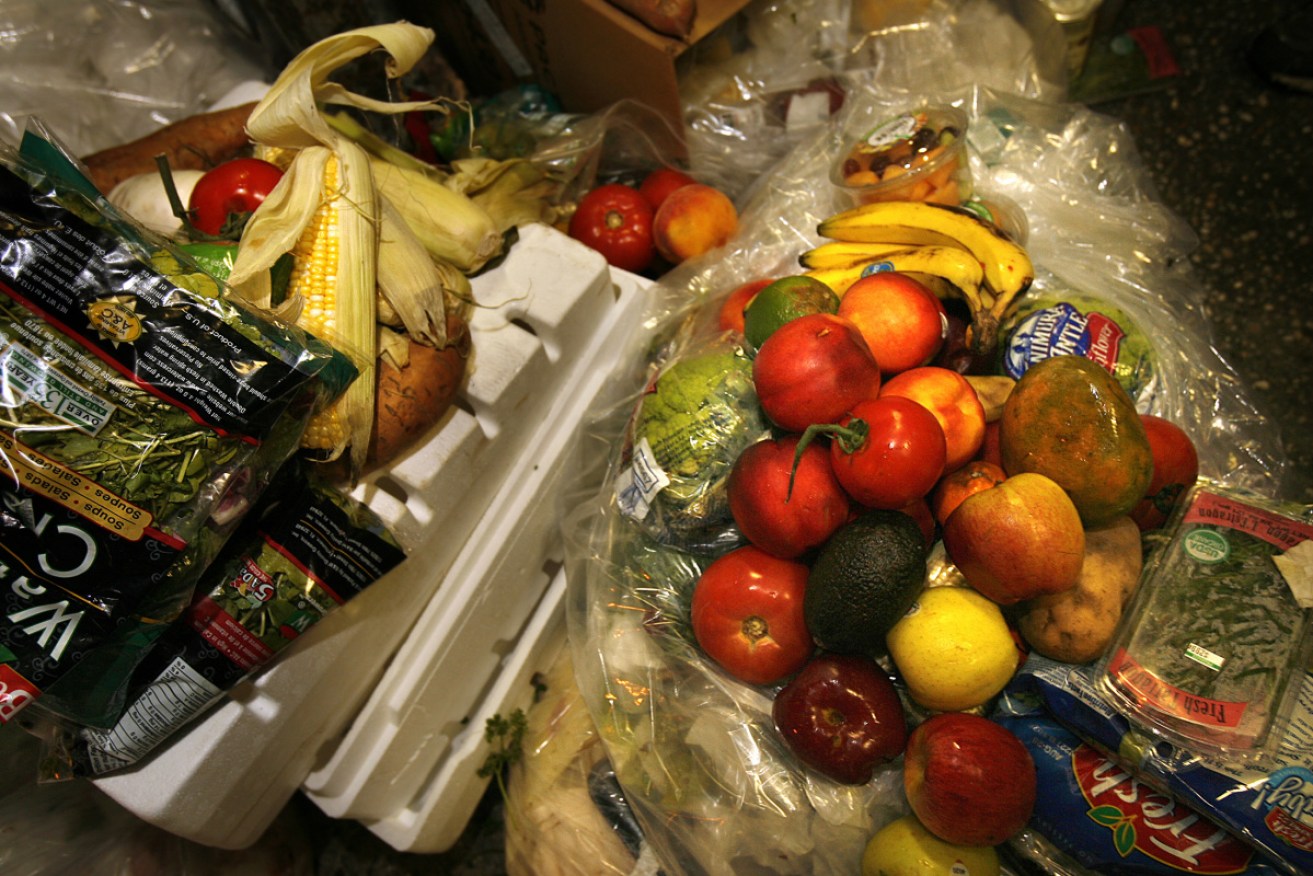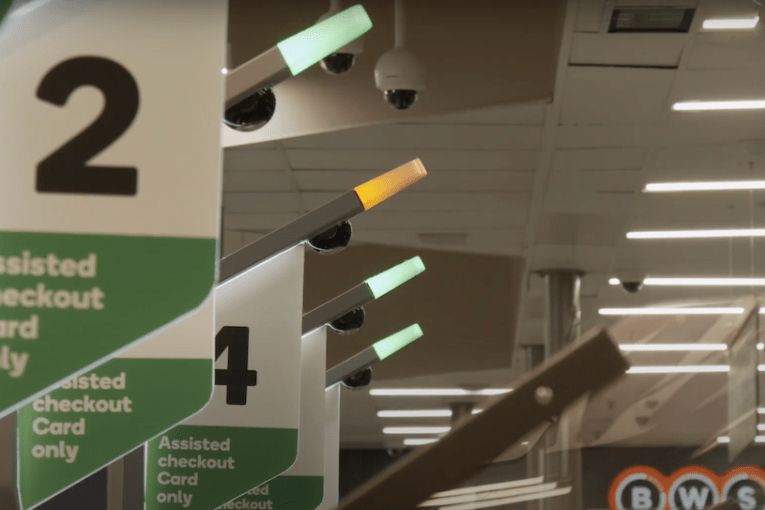Shop smarter and eat better to help fight food waste


Australians are wasting billions of dollars on uneaten food each year. Photo: Getty
The average Australian household wastes around $890 on uneaten food each year, with experts urging consumers to save money and the environment by changing their shopping and eating habits.
Australian households chucked out a total of $8.9 billion worth of food last year, a 7 per cent reduction from the $9.6 billion binned in 2017, the latest Rabobank Food Waste Report revealed.
Three-quarters of Australians care about reducing waste, but much work remains to be done, the poll of 2300 financial decision makers aged between 18 and 65 found.
From producers to retailers and consumers, food waste is everyone’s problem, with Rabobank’s Glenn Wealands warning the nation could run out of food by 2050 if habits don’t change.
Why is food going to waste?
Australia was the fourth worst in the world when it came to food waste, with an average of 298 kilograms of food per person thrown out each year, the report said.
Research shows that more than a third of all food produced globally never reaches the dining table, as it is either spoiled in transit or thrown out by consumers.
This means that one-third of the world’s agricultural land is being used to grow food that is never eaten, with resources used during production including water, fuel and fertilisers also wasted.
Australia’s rapidly growing population makes the fight against food waste even more critical.
“As our population increases we will struggle to feed additional mouths. If we don’t curb our waste, we could run out by 2050,” Mr Wealands said.
“While the reduction in food waste is a global responsibility, we all – as individual consumers – can play a significant role in sustaining this planet for generations to come.”
The main culprit behind household food waste is food going off before it can be finished, with 75 per cent of those polled falling victim to this, the report found.
Nearly half – 45 per cent – of Australians admitted to simply buying too much during their weekly shop.
Insufficient meal planning and children not eating meals prepared for them was also a problem.
Online shopping and ‘on demand’ food apps are also contributing to Australia’s food waste crisis, with consumers who shop for groceries online and those who use food delivery services wasting significantly more food than those not using such services.
Those who used ‘on demand’ food delivery services wasted 15.2 per cent of their food compared to 8.4 per cent among those who did not, the report revealed, while online grocery shoppers wasted an average of 19 per cent of the food they bought.
Australia’s most wasteful states
When it comes to wasting food, some states are worse than others.
Victorians made the biggest improvement in 2018, reducing their food waste year on year by 5.5 per cent for an average of $910 worth of food wasted each year, the report found.
NSW and the ACT wasted $922 per household last year, followed by WA, where households wasted $921 per year or 12 per cent of food purchased.
South Australian households wasted an average of $746 a year, followed by the Northern Territory with $646 per household, and Tasmania with $641 per household.
How to fight food waste
Reducing food waste will not only help save the environment but save consumers money, the report found.
Tips for reducing food waste include:
- Using a shopping list when buying groceries
- Eating leftovers
- Planning meals in advance
- Freezing food
- Buying directly from farmers and suppliers at local markets
- Eating more plant-based meals











